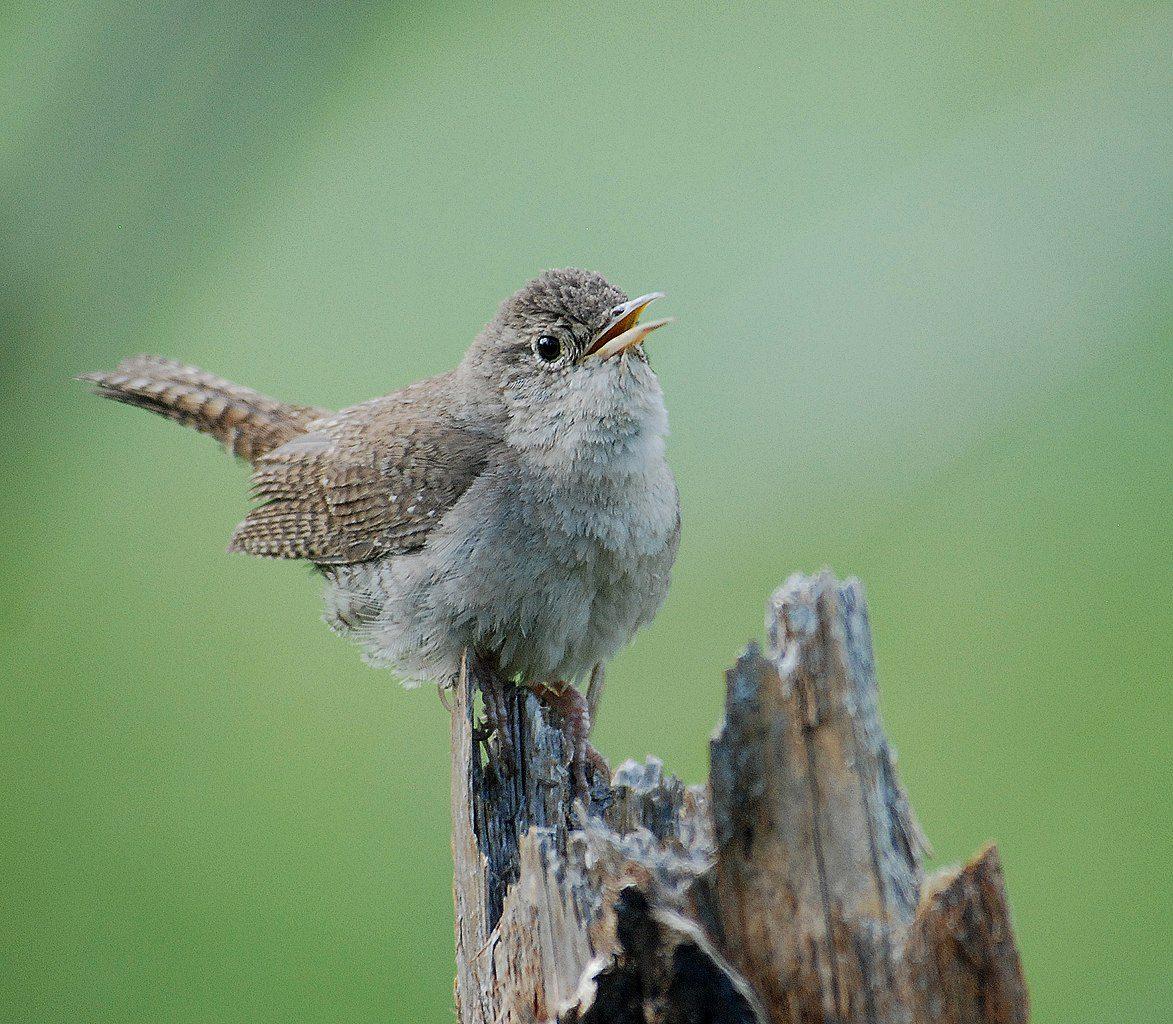By Horace Gore
Rat snake problem
I love wrens—house wrens; Carolina wrens; and two others that slip my mind. The problem with wren nests is Texas rat snakes. They’re notorious for eating wren eggs or little nestling young.
Let’s put a stop to this savagery. Here’s a plan! If you like it, put up some nest sacks by April 15.
Rat snakes are non-poisonous, but they love to climb up (or down) to impossible places to steal bird eggs. The time line is thin—about 30 days—when wrens, western blue birds, barn swallows, and other birds nest at a time when snakes are coming out of hibernation, and are hungry! Texas rat snakes rob many bird nests.
We can’t do much for western blue birds, wood pee wees, or barn swallows, but we can help the wrens. A few years ago, I read about an impervious wren nest. It’s not rocket science. It simply puts the nest where snakes can’t get to it—on a straight wall.
Texas rat snakes can go almost anywhere. It doesn’t do any good to have a wren nest in a flower pot hanging on a wire. The snake simply crawls up or down the wire and gets the eggs. It doesn’t matter if the nest is in the garage or in the tongue of a boat trailer. The snakes will find the nest! But a rat snake cannot get the nest on a straight wall, the answer to safe wren nests!
Safe nests for wrens
“But, how do we do this?” First, you need some cut-off legs of Wranglers or Levi’s that will hold the cotton or rags. Cut about 12-14 inches off and sew up the bottom. Or, you can make a heavy cloth bag 8×12 inches and sewn across the long end.
Next, you fill the “sack” about two-thirds with cotton or old rags. Next, you cut a small round hole the size of a golf ball midway and just to the top of the cotton or rags. The birds must have room to build a nest 2-3 inches below the hole, on top of the filler.
Next, find a straight wall on the porch, in the garage, or any COVERED place around the house or outside buildings. Preferred height of the nest sack is high as you can easily reach above the floor. Now, take 2-3 small nails with big heads (or a staple gun if it will work on the surface) and nail/staple the nest sack across the top to the straight wall.
What you should have is a 12-14 inch long by 8 inch wide cloth bag filled about 2/3 with cotton or rags, with room for the wrens to go through the 2-inch hole and build a nest on top of the filler. The straight wall will prevent Texas rat snakes or other snakes from getting the eggs or young until all are hatched and gone.
If the wrens don’t use the nest sacks immediately, leave the bags up year-round, and the wrens will use them as needed. Don’t worry about cleaning the nests. The wrens do their own house cleaning.
—National Park Service photo



